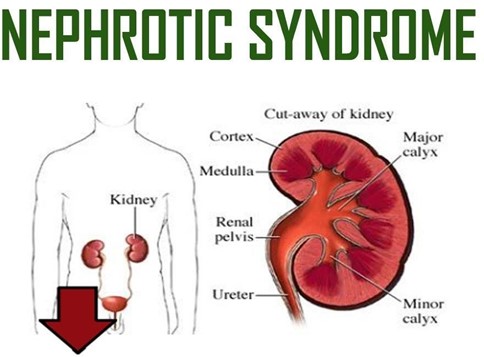The charge nurse of a critical care unit must transfer a client to a general unit to make a bed available for an incoming trauma client. Based on the information provided, which client is best for the nurse to recommend for transfer to the general unit?
Subtotal thyroidectomy performed one hour ago, receiving a unit of packed red blood cells.
Combined partial and full-thickness burns on the anterior chest three days ago. O2 saturation is 92%.
Renal transplant yesterday, complaining of flank pain and who states, "it's hot in here."
Nephrotic syndrome diagnosed 2 days ago, decreased serum protein level and mild edema.
The Correct Answer is D
Choice A Reason: A subtotal thyroidectomy is a major surgery that involves the removal of part of the thyroid gland. The client may have complications such as bleeding, infection, hypocalcemia, or vocal cord damage. The client also needs close monitoring of vital signs, blood transfusion, and airway patency. This client is not stable enough to be transferred to a general unit.
Choice B Reason: A combined partial and full-thickness burn is a serious injury that involves damage to the epidermis, dermis, and underlying tissues. The client may have complications such as infection, fluid loss, hypovolemia, shock, or respiratory distress. The client also needs wound care, pain management, fluid replacement, and oxygen therapy. This client is not stable enough to be transferred to a general unit.
Choice C Reason: A renal transplant is a major surgery that involves the replacement of a diseased kidney with a healthy one from a donor. The client may have complications such as rejection, infection, bleeding, thrombosis, or urinary obstruction. The client also needs immunosuppressive therapy, anti-infective therapy, fluid and electrolyte balance, and pain management. This client is not stable enough to be transferred to a general unit.
Choice D Reason: Nephrotic syndrome is a kidney disorder that causes excessive protein loss in the urine, leading to low serum protein levels and edema. The client may have complications such as infection, thromboembolism, or malnutrition. The client needs diuretic therapy, protein replacement, dietary modification, and infection prevention. This client is relatively stable and can be transferred to a general unit.

Nursing Test Bank
Naxlex Comprehensive Predictor Exams
Related Questions
Correct Answer is B
Explanation
A) This action is not the best because it does not directly evaluate the PN's wound care skills in practice. A skill checklist may not reflect the current or actual abilities of the PN, especially if it is outdated or based on self-
reporting. The charge nurse should observe the PN's performance in person to ensure that she follows the proper procedures and protocols for sterile wound care.
B) This action is the best because it allows the charge nurse to verify the PN's wound care skills and provide feedback or guidance if needed. The charge nurse has a responsibility to ensure that the PN delivers safe and effective care to the clients on the unit. By watching the PN perform sterile wound care, the charge nurse can assess her competence, confidence, and compliance with standards of practice.
C) This action is not the best because it is disrespectful and discouraging to the PN. The charge nurse should not dismiss or undermine the PN's past experience, which may have contributed to her wound care skills. The charge nurse should acknowledge and appreciate the PN's expertise, but also verify her skill level through direct
observation.
D) This action is not the best because it exposes the client to potential harm and liability. The charge nurse should not delegate a task that requires assessment and evaluation to a PN without first confirming her skill level and competency. The charge nurse should also not ask the PN to perform a task while she is busy with other duties, as this may compromise the quality and safety of care.

Correct Answer is D
Explanation
Choice A Reason: This is not the first action because it does not address the safety risk of smoking in the hospital. The nurse should document the occurrence after taking appropriate measures to prevent fire and injury.
Choice B Reason: This is not the first action because it does not stop the client from smoking in the bathroom. The nurse should obtain a prescription for a nicotine patch if the client agrees to quit smoking, but this is not a priority at this time.
Choice C Reason: This is not the first action because it does not ensure that the client will comply with the hospital smoking policy. The nurse should educate the client about the health hazards of smoking and the hospital rules, but this can be done later.
Choice D Reason: This is the best action because it alerts the authority figure who can intervene and enforce the hospital smoking policy. The nurse should notify the charge nurse as soon as possible to prevent fire and injury.
Whether you are a student looking to ace your exams or a practicing nurse seeking to enhance your expertise , our nursing education contents will empower you with the confidence and competence to make a difference in the lives of patients and become a respected leader in the healthcare field.
Visit Naxlex, invest in your future and unlock endless possibilities with our unparalleled nursing education contents today
Report Wrong Answer on the Current Question
Do you disagree with the answer? If yes, what is your expected answer? Explain.
Kindly be descriptive with the issue you are facing.
